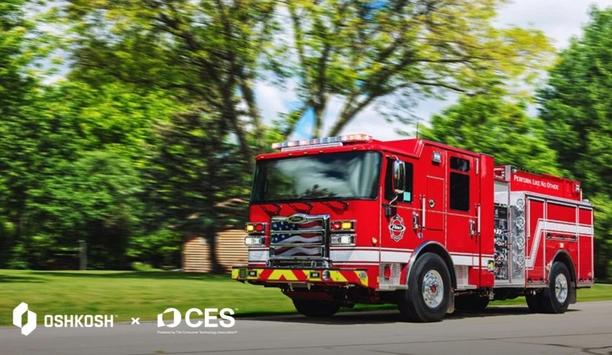Explaining the need for fire and building codes to business owners and property managers can sometimes be difficult or even confrontational.
Business owners, for example, may be hesitant to make necessary changes that meet code requirements due to financial reasons. Property managers may be forced to balance scheduled maintenance costs against additional costs for code compliance.
working of code of compliance
One thing that will help users with their conversations during inspections is to prepare themselves to explain in clear, simple terms how the local code process works and how it ultimately benefits everyone in the community.
Communicating these benefits to the community increases the likelihood of code compliance. After all, everyone wants a property resilient to damage, free from lawsuits, and with lower insurance costs, right?
The Building Code Effectiveness Grading Schedule
A community with a better BCEGS classification could have lower insurance rates
One program users should be familiar with and be able to explain during inspections is the Insurance Services Office’s (ISO) Building Code Effectiveness Grading Schedule (BCEGS®). This program, which influences local fire and building codes, is used by the ISO to evaluate how communities enforce their codes through plan reviews and field inspections.
The BCEGS program assigns each community a classification from 1 (exemplary commitment to fire and building code enforcement) to 10. Like the Public Protection Classification, a community with a better BCEGS classification could have lower insurance rates.
How communities are classified
A community’s BCEGS classification is based on the following:
- Current fire and building codes: The BCEGS program awards more points to communities that adopt current fire and building codes. Current codes provide the most modern technology for fire and natural hazard mitigation.
- Retention of the code’s structural provisions: The BCEGS program encourages a community to keep the intent of the structural provisions of the fire and building codes intact by assigning the maximum points when structural provisions of the codes are unamended.
- Code official qualifications: A community can get the maximum benefit when the codes are enforced by well-qualified fire and building officials and by certified and properly trained code enforcers. The schedule provides credit for qualified code enforcers when they are employed by the community.
- Contractor qualifications: Contractors and builders play an integral role in the quality of construction. The BCEGS program allocates points in recognition that licensing and bonding step in the direction of regulating the quality of contractors and builders in the marketplace.
- Public awareness programs: These programs play a role in building a more resilient community. The BCEGS program encourages code officials to make the community aware of fire and building safety. This section represents 54 percent of the analysis in the BCEGS program.
Messages to share
Through rigorous enforcement of fire and building codes, businesses can:
- Lessen damage from fire and natural hazards.
- Achieve lower insurance costs.
- Avoid criminal or civil lawsuits.
- Prevent the loss of revenue or loss of the business entirely.
These are incentives users should stress during their inspections. The BCEGS program helps businesses in the community to achieve them.
BCEGS program background
The ISO developed the BCEGS in the early 1990s with significant input from the three model building code groups — the International Conference of Building Officials, the Southern Building Code Congress International, and the Building Officials and Code Administrators International and with responses to surveys sent to more than 7,500 building officials countrywide.
The ISO implemented the program in 1995. To date, the ISO has reviewed more than 15,000 fire and building code enforcement departments across the country.















